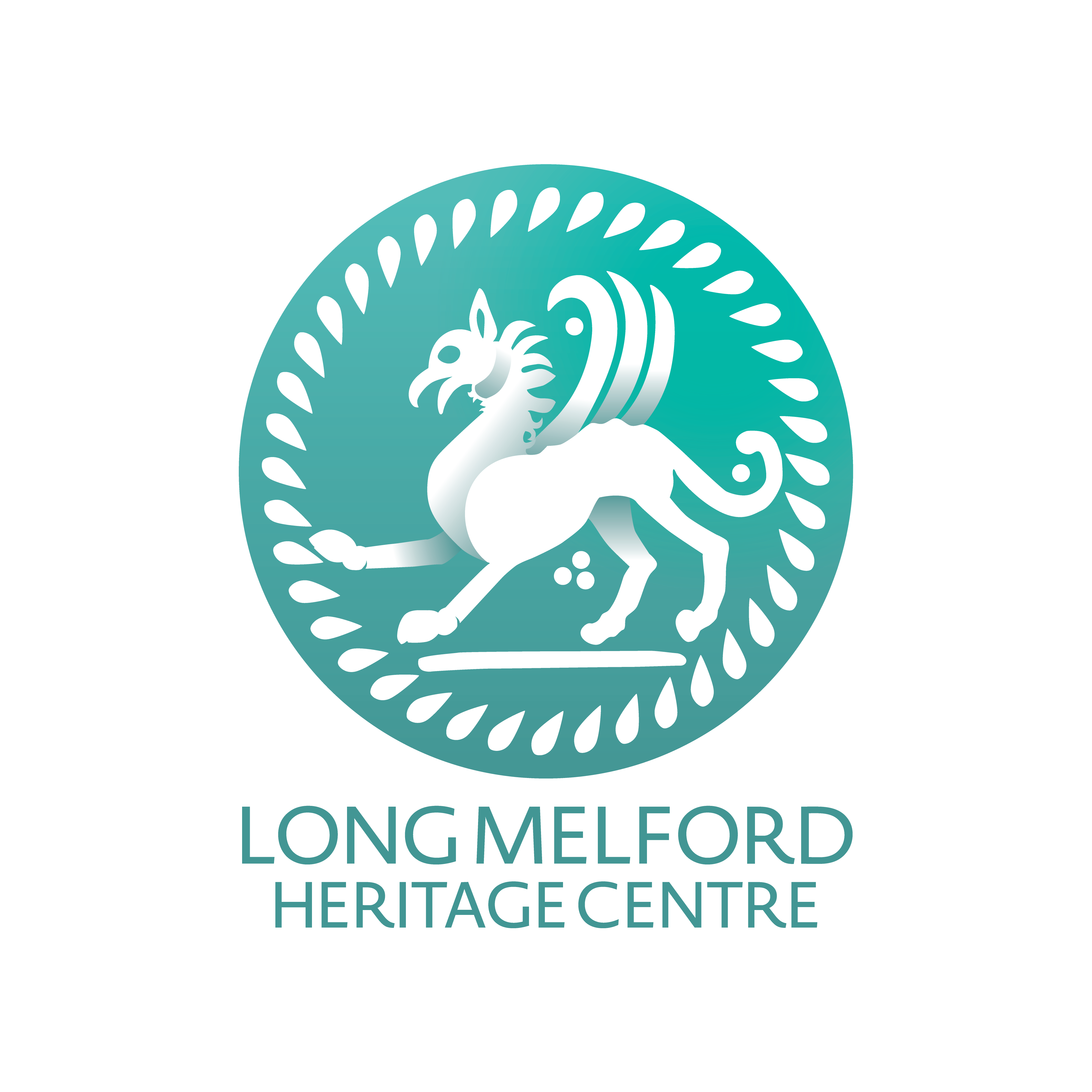





There has been a water mill on the river Stour, between Liston and Rodbridge, known as Withindale (variously spelt Wyffendale), from at least the eleventh century, being recorded at the time of the Domesday Survey in 1086 under the tenancy of the Abbots of St Edmundsbury, which had been held by the Abbey from the Norman Conquest in 1066.[1] The property remained so until the Dissolution of the Monasteries sometime between 1536 and 1541. By 1660 tenancy had passed to John Hayward who is recorded by name as paying tithes to the Parsonage at Melford until 1662, the next named incumbent, John Chandler not mentioned until 1672, and then annually until Thomas Smith took residency between 1683 to 1685. The next extant reference to the Mill appears in 1770 when a Prentice French sells his ‘entire household goods and furniture. William Ruffell had purchased the water powered Withindale Mill in Long Melford by at least 1816. A newspaper report on October of that year reported that a certain William and Martha Hardy had been committed to Bury Gaol for stealing four beehives, including the honey from Ruffell’s garden in the village.[2] In addition to the Mill, Ruffell had acquired several other properties in the village, two of which were put up for sale in 1836.[3] The Mill was still in his possession at his death in 1850. Following his demise ownership passed to his surviving son George [1804-1877],[4] remaining in the family until George’s death. On 9.9.1878 the Corn Mill including all live and dead stock together with household furniture and effects was sold at auction. Robert Coote who had been working the mill on Ruffell’s behalf for about eight years, had been bequeathed the sum of £2,000 by his employer on his death, which Coote used to continue the business, operating the Mill until his own retirement eleven years later, when on 5.9.1889 the property and business were again offered to the public.[5] The new owner was Frederick William Branwhite [1863-1948] who already had several other business interests in the village, notably as a Farmer, Corn and Hop Merchant, and the owner of an industrial barley malting works with its own sidings at Long Melford Station. Branwhite was still living in the Miller’s house at Withindale at the time of his death in 1948.[6] By the late 1950s the mill was no longer in use, the water wheel and milling machinery all being removed from the mill house by 1959, to facilitate a major remodelling of the building for conversion to a domestic dwelling.
Notes – [1] Phillimore reference: Suffolk 12,5. [2] Norfolk Chronicle & Norwich Gazette 5.10.1816. [3] The Bury & Norwich Post 12.10.1836. [4] Last Will and Testament of William Ruffell of 6.5.1848. [5] The Halstead Gazette 1.8.1889. [6] National Probate Calendar.


I am grateful to the Mrs Mary Russell for her help in preparing this article.
| Cookie | Duration | Description |
|---|---|---|
| cookielawinfo-checkbox-analytics | 11 months | This cookie is set by GDPR Cookie Consent plugin. The cookie is used to store the user consent for the cookies in the category "Analytics". |
| cookielawinfo-checkbox-functional | 11 months | The cookie is set by GDPR cookie consent to record the user consent for the cookies in the category "Functional". |
| cookielawinfo-checkbox-necessary | 11 months | This cookie is set by GDPR Cookie Consent plugin. The cookies is used to store the user consent for the cookies in the category "Necessary". |
| cookielawinfo-checkbox-others | 11 months | This cookie is set by GDPR Cookie Consent plugin. The cookie is used to store the user consent for the cookies in the category "Other. |
| cookielawinfo-checkbox-performance | 11 months | This cookie is set by GDPR Cookie Consent plugin. The cookie is used to store the user consent for the cookies in the category "Performance". |
| viewed_cookie_policy | 11 months | The cookie is set by the GDPR Cookie Consent plugin and is used to store whether or not user has consented to the use of cookies. It does not store any personal data. |

